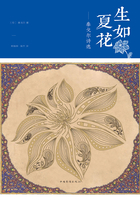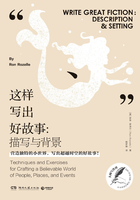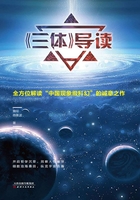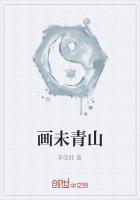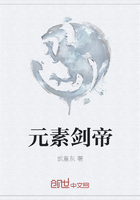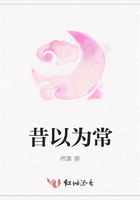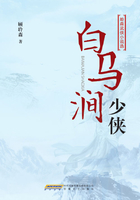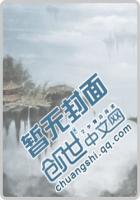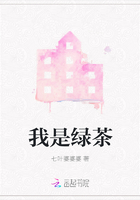Pingyao lies in the northwest of Shanxi Province, about 100 km from the provincial capital Taiyuan. The city, with a history of over 2,700 years, was established in 827 BC-782 BC during the reign of Emperor Xuan of the Western Zhou Dynasty and was expanded in the third year of the reign of Emperor Hongwu of the Ming Dynasty (i.e. 1370). The distinct identities of Ming and Qing architecture here have been well preserved. It is regarded as the most well-preserved ancient county in China.
The design of the streets fully demon-strates the idea of city planning during Ming and Qing dynasties. The city wall was constructed in the third year of the reign of Emperor Hongwu of the Ming Dynasty ( i.e. 1370). It is one of largest-scale and most well preserved ancient walls in China. In addition, the Zhenguosi Temple, Shuanglinsi Temple and Pingyao Confucian Temple have also been added to the UNESCO World Heritage List. There are over 300 ruins, ancient buildings in and outside the city and about 4,000 intact buildings dating back to the Ming and Qing dynasties. Pingyao is the best place to study ancient Chinese cities.
Pingyao was the financial center of the late Qing Dynasty (1644-1911). The main currency in the Ming and Qing dynasties (1368-1911) was silver. It was unsafe for merchants to carry tens of thousands of taels of silver from one city to another. So, in the middle of the Qing Dynasty, an organization was founded to provide remittance services.
People deposited money in one place and withdrew it from another with a bank draft. This organization was called Piaohao or Piaozhuang. The first Piaohao in China was the Rishengchang Exchange House located on the Western Street of Pingyao.
The forerunner of Rishengchang was the Xiyucheng Pigment Plant. The plant ran very well and had branches in Beijing and Tianjin. At one time, a friend of the plant boss Li Zhenghua wanted to deposit money in a Beijing branch and cash a bill issued by the boss in the Pingyao headquarters. The boss was just doing his friend a favor, but his manager Lei Lutai saw an excellent business opportunity. He tried his best to persuade boss to give up the pigment business and turn to the Piaohao business. They put their remittance service into practice between Beijing and Shanxi on a trial basis and it worked out very well. In the fourth year of Emperor Daoguang’s reign of the Qing Dynasty (i.e. 1824), Xiyucheng was renamed the Rishengchang Exchange House and it became the first private financial institute specializing in remittance services. Soon, it set up branches in over 40 large or middle-size cities and a nationwide financial network came into being.
Piaohaos in Shanxi and the Qing Government were economically interdepen-dent on each other. After the Government was overthrown, Piaohao went into decline. The rise of modern banking dealt a major blow to the Piaohao system. The Rishengchang Exchange House, which had been an important part of financial life in China for centuries, finally collapsed in 1914. Now, the site of Rishengchang in Pingyao has become the Museum of Chinese Piaohao and become a renowned tourist attraction in Pingyao.


